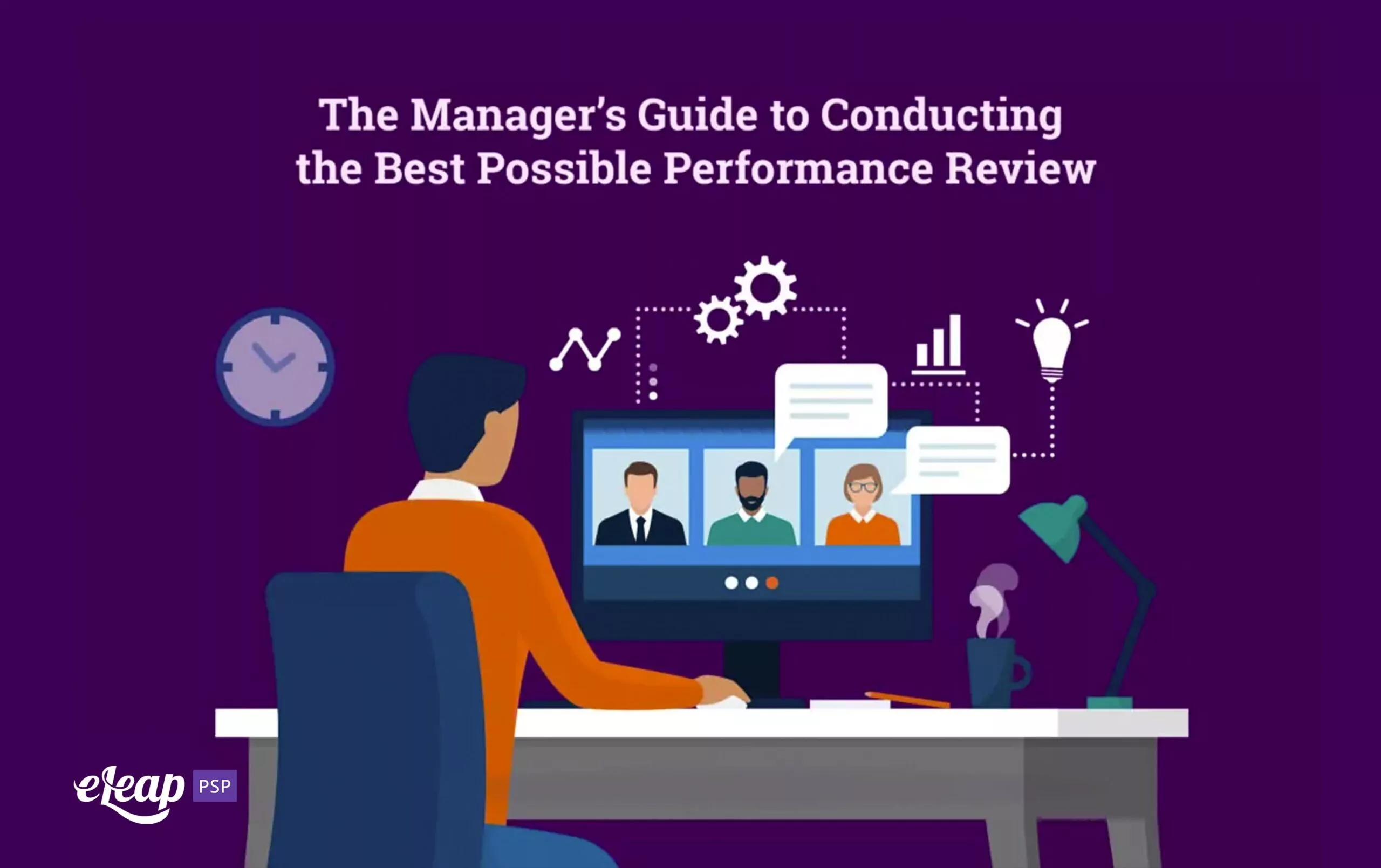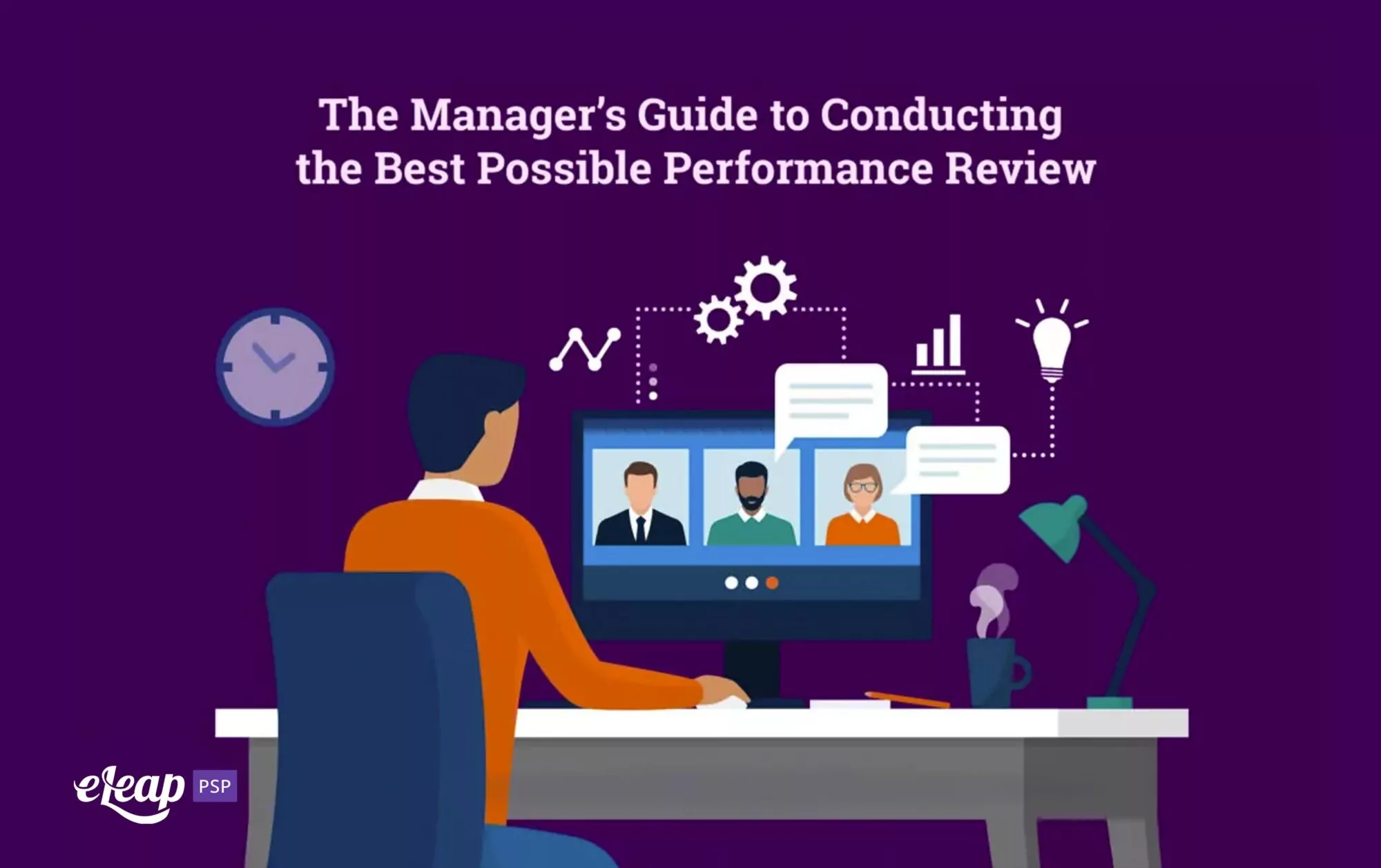The Manager’s Guide to Conducting the Best Possible Performance Review

When was the last time you were excited about giving a performance review? More importantly, when was the last time one of your team members was excited to receive one? Chances are good it was never.
That makes sense, particularly if you’ve been stuck in the rut doing annual performance reviews. Changing to check-ins and one-on-ones can have a profound effect, turning these once-dreaded events into something that everyone looks forward to enjoying. However, there are things you can do as a manager that will make each performance review the best it can be.
Not sure that’s possible? It is. Below, we’ll cover some critical tips to giving the best possible review every single time.

Watch the Energy You Bring
The first thing to remember is that the energy you bring to the review sets the tone for the entire thing. If you show up hassled, frazzled and harried, the review will feel rushed even if there’s more than ample time. If you show up stressed and irritated, the review will go poorly, even if it should have been a walk in the park. You need to arrive at the review (whether in-person or virtually) calm, prepared to be open and honest with the team member, and in a compassionate frame of mind.
You also need to take some time to consider the needs and expectations of the team member in question. Answer the following questions and you’ll be able to get things off on the right foot:
- Should this review be private?
- Is there a better time of the day to do the review?
- Where is the right place to hold the review?
- How do I ensure that my team member is in the right mental space for the review?
- Do I have the team member’s best intentions at heart in this review?
- Do I have actionable points that will help my team member grow as a person and as a team member?
Make the Environment Safe
If there was one common downfall with the old-style annual performance view, it was that it wasn’t safe. What does that mean? Probably not what you think. It’s not about participation trophies – it’s about ensuring that employees are empowered and feel safe providing feedback to you, the manager.
If you’re going into this expecting it to be a one-way flow of information, or expecting to say jump and have the employee ask how high, you’re already sabotaging the review. Not just that, but you’re sabotaging your success as a manager.
Performance reviews should be more than just punitive situations where you browbeat a team member. They should feel safe to:
- Ask questions
- Give difficult feedback you might not want to hear
- Explain that they were not given the support or resources needed to succeed
- Speak their mind about anything covered in the review
- Bring up related topics not touched on by the manager
It’s not about pandering to someone’s “tender feelings”. It’s about creating a space where employees are safe and protected from negative fallout from vindictive managers. It’s about empowering your team members and letting them speak their minds without fear of retribution or blowback.
Give Feedback That Matters
Let’s face it. Often, feedback during a performance review doesn’t always offer a lot of value. Again, if it’s about midstream course-correction stuff, that should be handled through regular check-ins and one-on-ones, not through a formal review. Instead, make sure that these reviews focus on big-picture things that drive value, not just for your organization or the team, but for the employee themselves.
One thing that you need to ensure is that your feedback, whether positive or negative, is constructive. Critical feedback that does nothing but tear down an employee will only create hard feelings and will never spur real change. Instead, state the situation and provide constructive solutions to help the team member make necessary changes.
You also need to focus on holistic development. Yes, you’ll certainly need to cover some project, team, or even position-related development topics. However, make time to cover personal and professional development at a higher level that touches on the employee’s overall career path.
Recognize Success, Always
Too often, performance reviews focus on growth opportunities. That’s not enough. Endlessly focusing on what an employee is doing wrong or areas where they need to improve will only create a negative situation. No one works well in an environment where they’re constantly being scrutinized for problems and never recognized for their wins.
Recognize your team member’s successes. Celebrate their wins. Be enthusiastic about the millions of things they’re doing right, in addition to noting what could be done differently or areas where improvement is needed.
If possible, come up with concrete examples that you personally saw where an employee succeeded. Don’t limit yourself to asking them about their wins. Again, this creates a lopsided situation in which the employee feels that their positive contributions are not being recognized.
Limit Development Tasks
It’s tempting to provide a detailed list of things that an employee should work on to develop and improve. It’s like a to-do list, right? Wrong.
Look at it from the team member’s point of view: a long list of things to work on simply means that they’re failing at their job and that you’re paying more attention to those things than to the wins they make. So, limit your development tasks to no more than three.
When you carefully curate just a few things to work on, it becomes more of an enjoyable challenge, rather than an attack. It’s all part of encouraging real, positive change through strategic growth and development.
Grow Your Team
Ultimately, performance reviews should be focused on growth and development. Put yourself in the team member’s position – how can you clearly get that positive message across? What can you do as a manager to help them learn and grow and achieve success for themselves, and not just for the company?